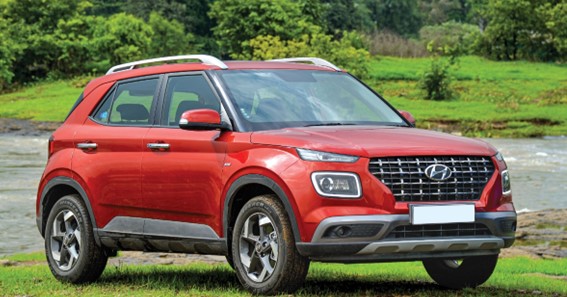When buying a used car, you should be aware of the risks and take precautions to protect yourself. You’ll need to do your research and scrutinize the car before making any decisions. Following these tips, you can buy a used car confidently and avoid getting scammed.
A Used Car can be of Great Value
Buying a used or certified pre-owned vehicle can save you a lot of money while still getting into a car that can give you many more miles in the future. Especially when buying certified vehicles, you can often find deals on slightly used cars with few miles. Many of these vehicles still have existing warranties that cover new owners for mechanical problems and other issues. But, buying used requires more due diligence than buying new. With a new car, you can be reasonably confident that it will work as intended and have a full warranty to cover any defects. However, a used car with problems can turn out to be a real headache.
1. Do Your Research
You should have a specific idea of the type of car you want before you start shopping. Narrow your choices down to a few models. Once you have a few options in mind, research them thoroughly. Look up reviews from Consumer Reports or other reputable sources, learn about safety ratings, and get an idea of what kind of vehicle maintenance and repairs you may need. Make sure that you’re checking for recalls. By visiting the National Highway Traffic Safety Administration’s website, you can find out if there have been any recalls of the models you’re considering.
2. Get a Carfax Report
A Carfax report provides vehicle history and can tell you whether the car was in an accident, how many owners it’s had, and if it’s been adequately maintained. It’s a good idea to get a Carfax report before visiting the dealer so that you’re not wasting time going out to the dealer only to find out later that the car has had past issues.
3. Check the Legitimacy
Always confirm that the seller is legitimate. You can do this by asking to see their driver’s license or identification card. You should walk away from the sale if they don’t have either. You should also ask for the car’s title and ensure it’s in the seller’s name. If everything checks out, you can move on to inspect the vehicle.
4. Inspect the Vehicle Carefully
If everything checks out okay with the Carfax report, it’s time to look at the vehicle or vehicles you’re considering buying. Remember that a Carfax report can only tell you so much. You’ll need your eyes to do the rest.
When doing a visual inspection at the dealership, take note of any dents, scratches, or other damage on the body of the vehicle. If you’re buying from a private party, ask them about the car’s history and get maintenance records if possible. If possible, it’s better to do visual inspections in the daytime. At night, you will be much more limited with how much you can catch and may miss minor irregularities that would be obvious during the day.
5. Take it for a Test Drive
The best way to get to know a car is to take it for a test drive. This will give you a feel for how the car handles and how comfortable you are behind the wheel. Pay close attention to any strange vibrations or noises, as these could be signs of problems. If possible, try to drive the car on various roads, including highways and city streets. Ask the owner or dealer about the issue if you notice anything off. Watch how they respond; if they seem evasive or refuse to answer your questions, you might want to reconsider.
Buying used can be a great way to save money and get into a quality vehicle. However, you’ll need to put a little more effort into making sure your purchase doesn’t end up being costly and end up with a piece of junk. By following these tips, you’ll have all the tools you need to confidently shop for a pre-owned car and avoid getting scammed.







